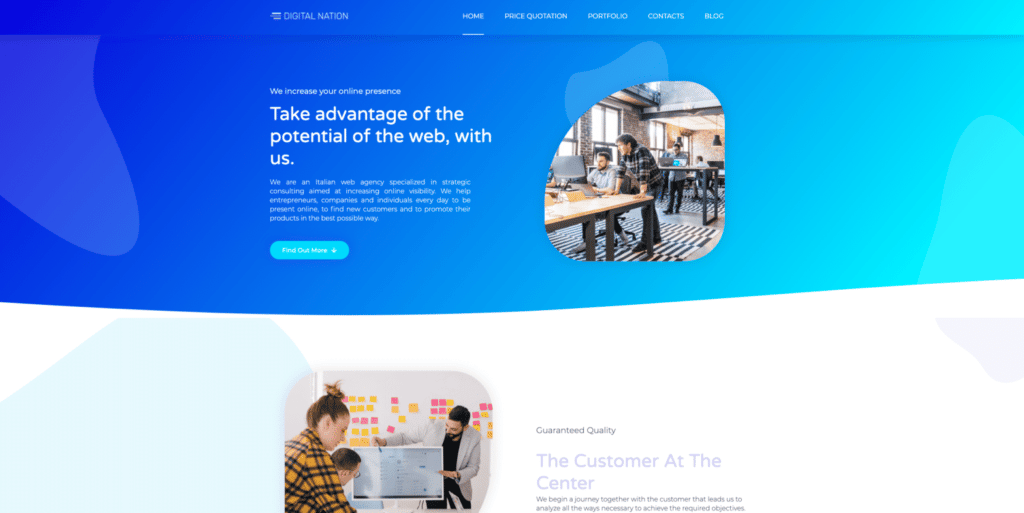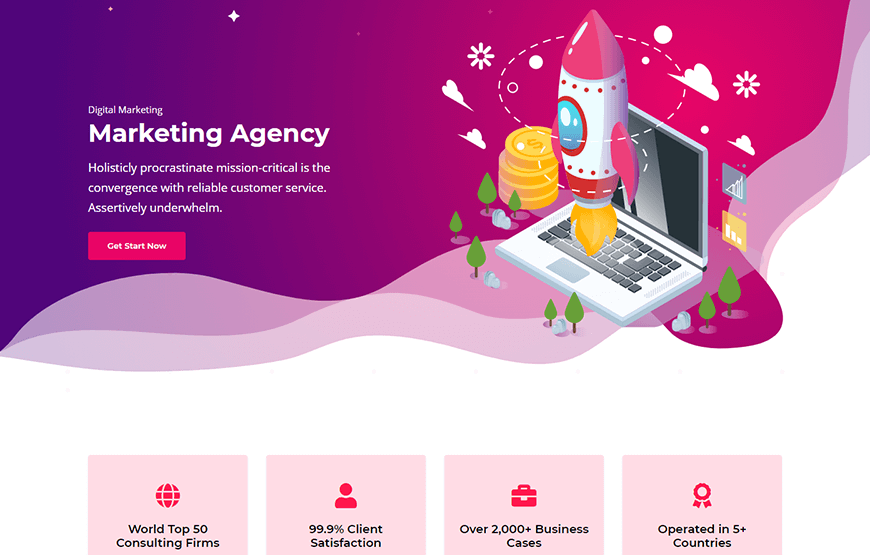In today’s digital landscape, a website is a virtual storefront for businesses across industries. It represents the brand and acts as a crucial touchpoint for customer interaction and engagement. To ensure optimal performance and user experience, businesses increasingly turn to data-driven insights from analytics tools. This approach helps understand user behavior and enables continuous improvement strategies that can enhance both traffic and conversions.
Understanding the Role of Analytics
Analytics tools such as Google Analytics have revolutionized how businesses track and interpret user interactions on their websites. For a web agency like Agence web Lausanne, leveraging these tools is paramount to optimizing client websites for better performance and ROI. By analyzing metrics such as traffic sources, user demographics, page views, and conversion rates, agencies can gain valuable insights into what works well and what needs improvement.

Key Metrics to Monitor
To effectively improve a website, monitoring key metrics is essential. These include:
- Traffic Sources and Acquisition Channels: Understanding where your visitors are coming from (organic search, social media, paid ads, etc.) helps focus efforts on the most effective channels.
- User Behavior and Engagement: Metrics like bounce rate, average session duration, and pages per session indicate how engaging your website is. This data can guide improvements in content and user interface.
- Conversion Rates: Tracking conversions (sign-ups, purchases, inquiries) and analyzing conversion funnels can reveal barriers to conversion and opportunities for optimization.
Implementing Data-Driven Improvements
Once analytics data is collected, the next step is to implement actionable improvements:
- Content Optimization: Use insights from top-performing pages to optimize underperforming ones. This could involve updating content, improving SEO, or enhancing visual elements.
- User Experience Enhancements: Address usability issues identified through analytics. This might include improving site navigation, simplifying forms, or speeding up page load times.
- A/B Testing: Test variations of design or content to see which performs better based on user behavior data.
The Role of Continuous Iteration
Continuous improvement is not a one-time task but an ongoing process. Web agencies like Web Agency Lausanne understand the importance of iterative development based on analytics insights. Regularly reviewing and updating strategies ensures that websites remain competitive and aligned with evolving user expectations and industry trends.

Conclusion
In conclusion, leveraging analytics for continuous website improvement is advantageous and essential in today’s competitive digital landscape. By harnessing the power of data-driven insights, businesses and web agencies can make informed decisions that lead to enhanced user experiences, increased conversions, and, ultimately, business growth. As analytics tools evolve, so will the opportunities to optimize websites for maximum effectiveness and ROI.

